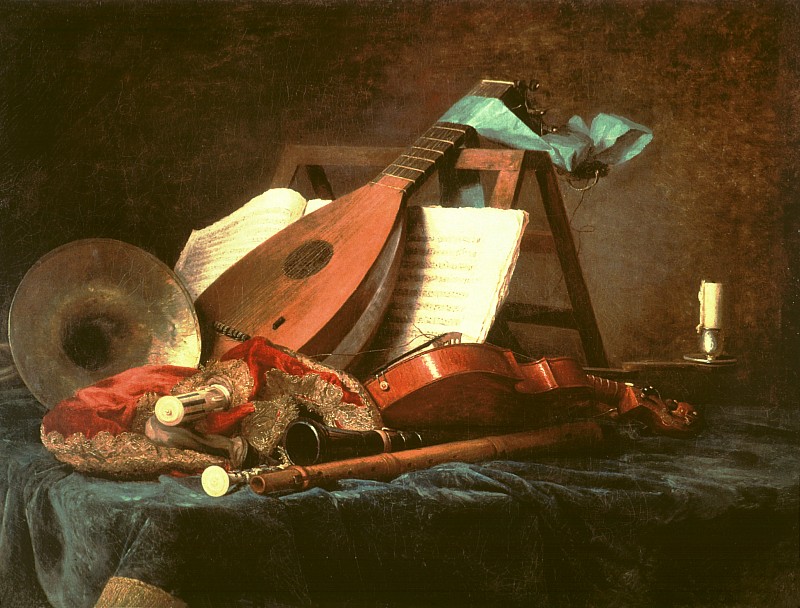INSTRUMENTS
MEANING OF MUSICAL INSTRUMENT
Musical instruments are those instruments created or adapted to make musical sounds i.e. any object that produces sound can be considered as musical instrument. The history of musical instruments can be dates to the beginnings of human culture. Early instruments may have been used for rituals, such as trumpet to signal the success of hunting, or a drum in a religious ceremony. Musical instruments evolved in step with changing applications.
The date and origin of first musical instrument is disputed. The date of oldest object that can be considered as musical instruments, a simple flute, dates as far as 67000 years. Many historians beliefs that determining a specific time of a musical instrument invention is impossible due to the subjectivity of the definition and relative instability of materials used to make them. Many early instruments were made from animals skins, bone, wood and other non-durable materials.

The date and origin of first musical instrument is disputed. The date of oldest object that can be considered as musical instruments, a simple flute, dates as far as 67000 years. Many historians beliefs that determining a specific time of a musical instrument invention is impossible due to the subjectivity of the definition and relative instability of materials used to make them. Many early instruments were made from animals skins, bone, wood and other non-durable materials.

MODERN DAY MUSIC
classical and romantic(1750-1900)
During the classical and romantic period, lasting from 1750-1900, a great deal of musical instruments capable of producing new timbre and higher volume were developed and introduced into popular music. Large orchestra rose in popularity & composers determined to produced entire orchestral scores that made use of expressive abilities of modern instruments.
Some instruments also had to become louder to fill larger halls and be heard over sizable orchestras. Flute & bowed instruments underwent many modifications & design changes, in efforts to increase volume. Other instruments were changed just so they could play their part in scores. New instruments such as clarinet, saxophone, and tuba became fixtures in orchestra.
twentieth century to present
The evolution of traditional musical instruments slowed beginning in the twentieth century. Instruments like violin, flute, french horn, harp, and so on are largely the same as those manufactured throughout the eighteen & the nineteen centuries. Despite this trend in traditional instruments, the development of new musical instruments exploded in twentieth centuries.
The proliferation of electricity in twentieth century lead to the creation of entirely new category of musical instruments: electronic instruments. The vast majority of electronic instruments are produced in first half of twentieth century were what Sachs called "electromechanical instruments". In other words, they have mechanical that produces sound vibrations are picked up and amplified by electrical components. Examples of these kind of electrical instruments include Hammond organs and electric guitars. The modern proliferation of computers and microchips has spawned an entire industry around electronic musical instruments.









